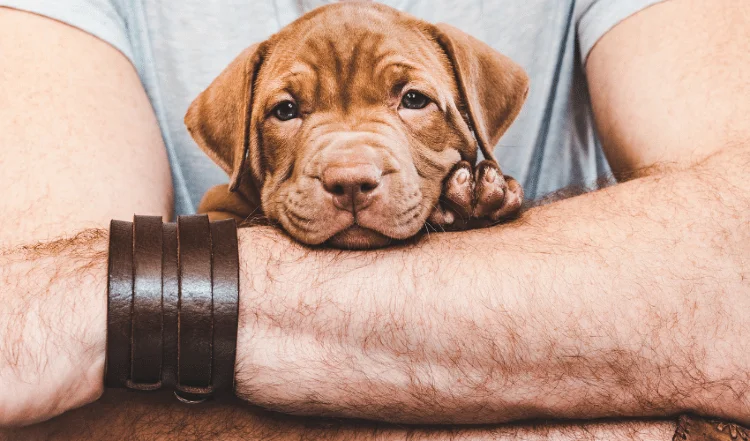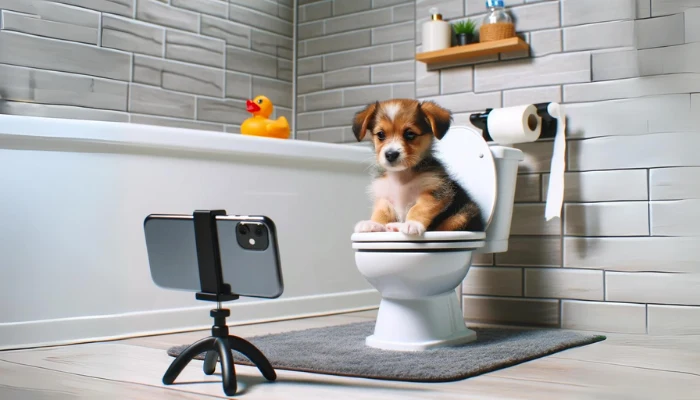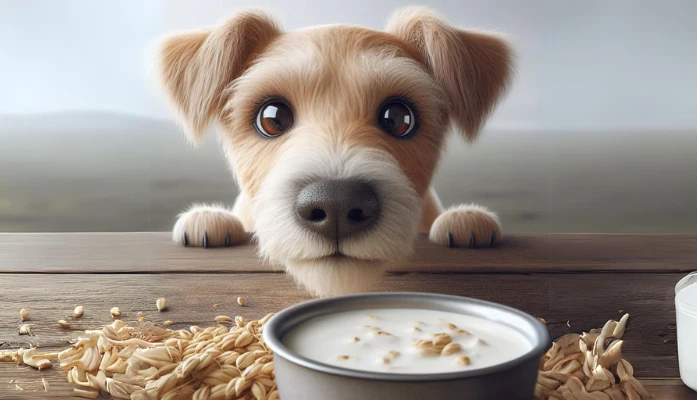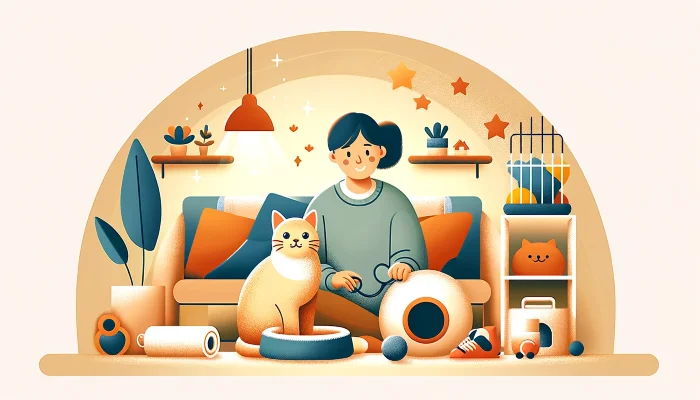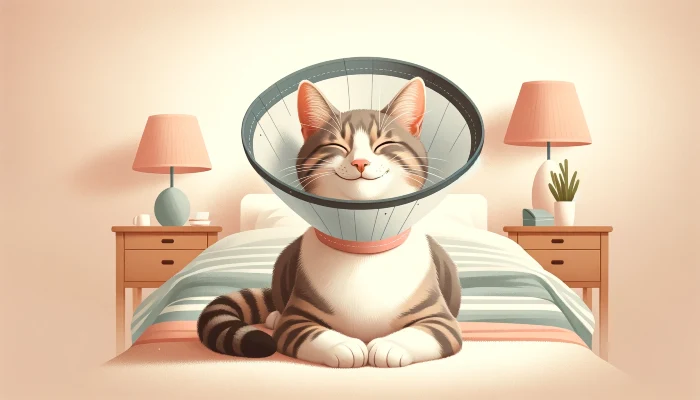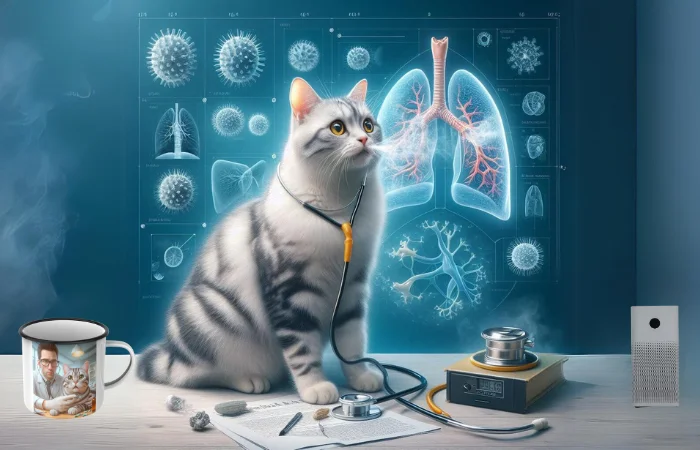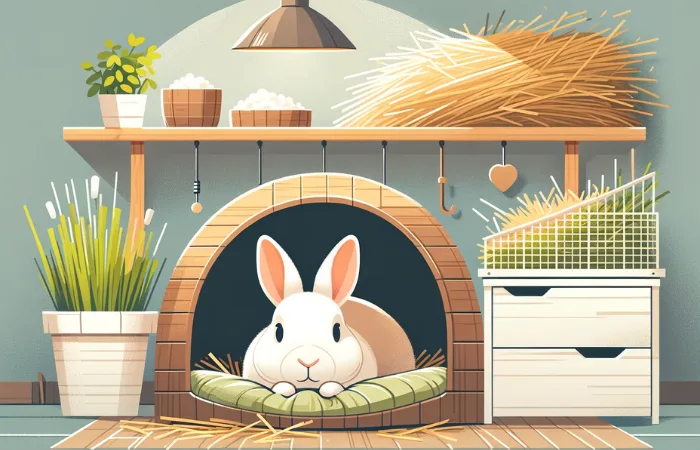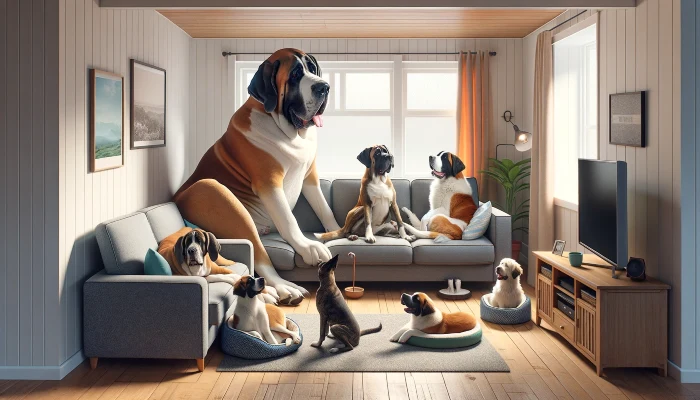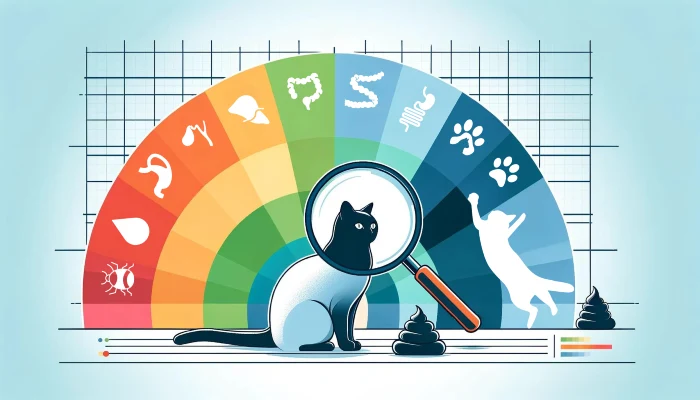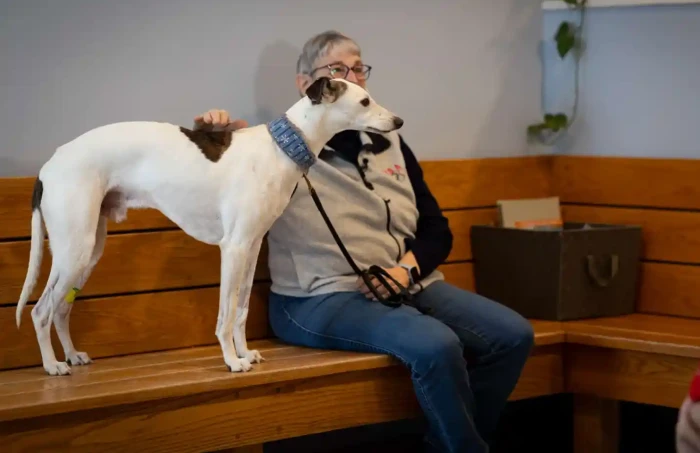Being a dog owner is an amazing experience. A canine will provide you companionship, security and unconditional love. As a dog owner, you want to provide your dog with the best care possible to help him live a long, healthy and happy life.
Your dog’s care will vary depending on his age, breed and size. A list of basic supplies is provided below to help you get the things you will need to care for your new dog.
Use this guide to help you provide your dog with the care he will need to stay happy and healthy.
House Training
Housebreaking a puppy and in some cases an adult dog, requires time, commitment, consistency and patience. This is a new experience for both you and your puppy.
Always remember that he is a baby and there are going to be accidents.
Following these steps will help you get your puppy house broken.
1. Get your puppy on a schedule.
Getting your puppy on a schedule is important for house breaking. A schedule will help you know when your puppy will need to go out to the bathroom.
2. Go out right away every morning.
It is important to take your puppy out immediately when he wakes up, immediately after a meal (feed him at the same times every day. Your puppy will need to use the bathroom after he eats, (when something goes in something needs to come out), immediately after any naps and before bedtime.
3. Choose their bathroom spot outside.
Choose an area in your yard that you want your puppy to use as a bathroom.
At first, you’ll want to keep your puppy on a leash when you take him out to use the bathroom. This will help you keep an eye on him and not allow him to wander off. It is also best to carry your puppy to the spot he will be using.
4. Be generous with the praise.
Place your puppy in the area you want him to use and watch him closely, so you can see when he finishes.
Immediately after he is completely finished using the bathroom, praise him a lot. You need to praise him until he is completely finished.
Praising him immediately afterwards will show him that using the bathroom outside is a good thing. Be sure to praise him any time he uses the bathroom where he is supposed to.

5. Supervise and get involved.
Make sure that you supervise your puppy when he/she is running around the house. This allows you to watch for any signs that he is looking for a place to use the bathroom.
If you see any signs at all, take him out right away. If you see your puppy begin to use the bathroom, make a noise to distract him (don’t scare him) and pick him up and take him outside.
It is important to not punish him by yelling at him, hitting him, or rubbing his nose in it. The only thing this will accomplish is to make your dog afraid of you. Just thoroughly clean up any mess and move on. Accidents do and will happen!

6. Remove the water bowl before bed.
I suggest you pick up your dog’s water bowl about 2 1/2 hours before bedtime.
This will help your puppy sleep longer and lessen the amount of times he will need to go out. If your puppy does have to go out during the night, don’t turn a lot of lights on or get him overly excited.
Getting him excited and having too much light will make him think it is time to play.
Take him out, praise him after he finishes, and go right back to bed.
7. Have a friend check-in during the day.
If you are not going to be home for more than 4-5 hours, you should have a neighbor or friend come by to take your puppy out to use the bathroom.
Puppies don’t have enough bladder control to hold it for long periods.
8. Accidents happen - it's not intentional.
Always keep in mind that accidents will happen.
Keeping your puppy on a schedule will help make housebreaking easier and faster for both of you.
Crate Training

Crate training your dog is beneficial for you and your dog. Dogs den by nature, and will enjoy having a quiet, comfortable and safe place to retreat to when the environment is too loud, stressful, or he just needs a break.
Crate training also helps with housebreaking and prevents destructive behaviors when your dog is unsupervised.
It is important to never use your dog’s crate as a place for punishment, it will cause him o be frustrated and fearful of the being in the crate.
Here are some tips on crate training your dog.
- When choosing your dog’s crate, it should only be large enough for your dog to stand up and turn around in. If your puppy is going to outgrow a few crates, you can buy a crate large enough for him as an adult, but you will need to block off any excess space in the crate and move the barrier as the puppy grows. If you allow him to use the whole crate, he will use on end as a bathroom and delay his progress with housebreaking.
- Place your dog’s crate in the room that you spend the most time in, such as the living room. Place a blanket or towel on the bottom for your dog to lay on, as well as a toy or two.
- To get your dog used to the crate, bring him to the crate, and allow him to explore it with the door open. Talk to him in a happy voice, and if he goes inside, give him a treat. Don’t close the door right away, just give him a little time to get used to being inside the crate. Some dogs will lay down and sleep right away, but some may take a little more time to adjust. Just take your time.
- After your dog goes into the crate easily, try closing the door for a few minutes and then start to increase the amount of time the door remains closed. Walk away for a few minutes during the time the door is closed, and extend your time out of the room as you extend the time the door is closed.
- It is important that you don’t leave your dog crated for long periods right away, start with a half an hour and increase the time slowly. Make sure you don’t let your dog out if he is whining or crying, this will teach him that by carrying on, he can get out when he wants to.
- When you are getting ready to leave the house, put your dog in the crate with a few toys and a safe chew toy, close the door, give him a treat, tell him see you later, then leave. It is important to not make a big deal about it, if you do, it will just make your dog anxious. When you return home, it is important to keep it low-key, too. Wait until your dog is out of the crate before you get excited to see him. After he is out of the crate, you should praise him for being a good boy and take him out to go to the bathroom.
- Never leave your dog crated all the time, it is important to let your dog exercise and interact with you. Puppies under 6 months should not be crated for more than 3-4 hours at a time. They can’t control their bladders and bowels that long and will soil the crate (which will delay housebreaking).
Veterinary Care
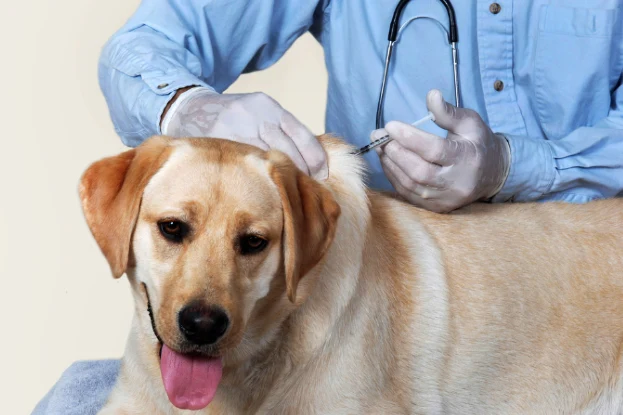
It’s important to take your puppy to the vet within a few days after getting him. This will allow you (and your puppy) to get acquainted with his vet early on.
The vet will examine him to check for any health problems. She will also check a fecal sample to check for internal parasites.
During this visit you can discuss a vaccination schedule, flea prevention, spay/neuter, microchipping and any other health questions you have about your puppy. It is also a good time to learn how to trim your puppy’s nails.
Feeding
You should feed your dog a premium-quality, nutritionally complete food. Most dog foods come in both dry and canned varieties. There are now even freeze-dried and frozen dog foods available.
The amount of food you feed your dog depends on many factors, size, age, activity level and health. The feeding recommendations on dog food labels are just a guideline, you will have to adjust the amount according to your dog’s needs.
Consult your dog’s vet for any recommendations they have for your dog.
The amount of times per day you should feed your dog also depends on his age, size, activity and health. Here are a few guidelines:
-
- Puppies 6–12 weeks of age should eat 4 times a day.
- 3–6 months of age should eat 3 times a day
- 6 months- 1 year of age should eat 2 times a day.
- Dogs over 1 year of age can eat once a day.
- Feed large and giant breeds twice daily their entire adult life. Large and giant breeds and mixes of these breeds are prone to bloat (Gastric Dilation) which is a serious and often deadly condition. Feeding large and giant breeds 2 times a day and from an elevated food dish are recommended to help keep this from happening.
- Toy breeds should eat 2 and even 3 meals each day. These breeds burn calories faster than bigger breeds and will benefit from having frequent meals.
- Limit the amount of people food you give your dogs to prevent obesity, and be sure to only feed foods that are safe for your dog to eat. A list of safe and unsafe foods for your dog is provided below.
Exercise
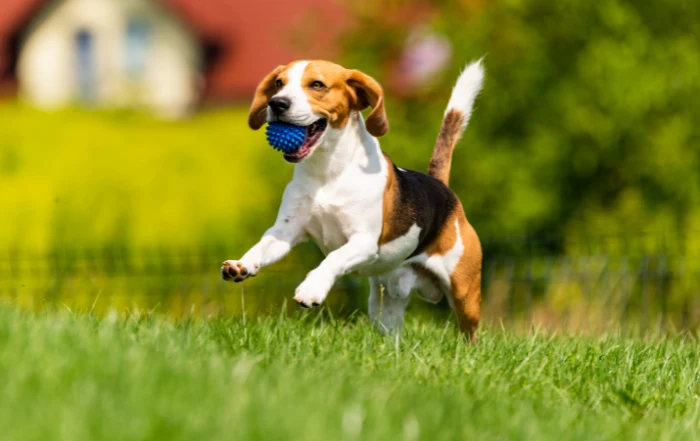
Exercise is extremely important for both your dog’s physical and mental well-being.
You should plan fun play time and daily walks for your dog.
How much exercise depends on your dog’s age, breed, size and health. If your dog doesn’t get enough exercise, he could develop behavior problems. Bored dogs tend to be destructive dogs.
Some breeds are content with a leisurely walk, where others could run 5 miles and be ready for more. Research the breed you are interested in (even mixed breeds) and be sure that breed will fit into your preferred level of activity. Too many dogs are surrendered due to behavior problems that could have been avoided if they were given enough exercise.
There are many ways to exercise your dog; walks, games of fetch, play time at a dog park and agility training. Find activities that both you and your dog can enjoy.
Grooming
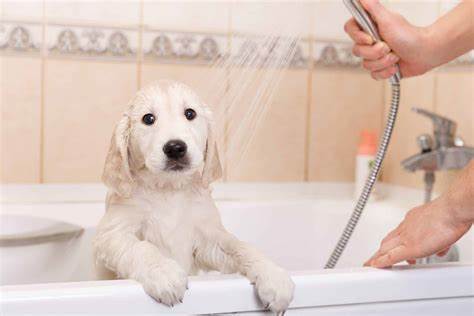
Grooming your dog is an excellent way to bond, as well as monitor your dog’s skin and coat health.
Depending on the breed of dog you have, grooming can be simple or complicated. So, make sure you take grooming into consideration when choosing the breed of dog you get. Some breeds only require daily brushing and a bath every few months, where some breeds will require a trip to the groomer on a regular basis.
You should brush or comb your dog’s coat daily to remove any mats and excess hair (this will also help control shedding).
How frequently you bathe your dog will depend on its coat type, exposure to the outdoors and health. For many dogs, a bath every 3 months is plenty, but you will have to find the right amount for your dog.
If you do bathe your dog at home, make sure to use a shampoo that is safe for dogs (a tearless shampoo for the head is recommended). Avoid getting water in your dog’s ears. Be sure to rinse your dog’s coat thoroughly to get rid of any soap residue. Unless you are outside, place a towel around your dog and get him as dry as possible before letting him loose, otherwise you and your house will be soaked.
Toenail trims are important, and you can learn to do them yourself (ask your vet or groomer to show you how) or you can have your vet or groomer do it for you for a fee.
Identification and Licensing
Always be sure to license your dog according to the laws in your city.
Having an ID tag is important for the safety of your pet. If he is ever lost, it is a way for someone to get a hold of you if they find him. Be sure that your dog always wears a collar with your current contact information.
I personally recommend that you microchip your dog. It is a source of identification that cannot be lost or removed. Most veterinarians and animal shelters have microchip readers.

Spaying and Neutering
Spaying or neutering your dog is very beneficial for their own health! These procedures should be done before your dog is 6 months old. It’s even possible to spay or neuter your dog as early as 8 weeks, as long as he is big (weight is the main issue) enough and in good health.
Spaying a female dog will eliminate her going into heat and help prevent certain infections and cancers of the reproductive system. The shelters are full of the results of unplanned pregnancies. It also eliminates the unwanted gentleman callers your female in heat will attract to your home.
Neutering your male dog will eliminate the risk of testicular cancer and some prostrate problems.
A neutered male is less likely to escape and roam in search of females in heat (they can smell one for miles). It also helps with scent marking all over the place (leg lifting), and other behavior issues associated with hormones. It won’t cure all issues, but it will help decrease a good amount of behavior problems.
Spaying and neutering helps control the pet overpopulation problem and will save the life of many pets.
More To Discover
Enjoy your new dog. Keep him safe, healthy and happy, and you will have a great companion for many years.
List of Supplies
-
- Quality Dog Food
- Treats
- Food Bowl
- Water Bowl
- Toys
- Safe Chew Toys
- Brush or Comb
- Collar
- Leash
- ID Tag
- Carrier (for small dogs)
- Training Crate
- Dog Bed, Blanket or Towel
- Toenail Trimmers

Safe Foods For Your Dog
-
- Cheese (small amounts)
- Cottage Cheese
- Eggs (fully cooked)
- Cooked Meats (turkey, chicken, pork, beef and fish)
- Cashews and Peanuts
- Coconut
- Honey
- Milk (some dogs are lactose intollerant)
- Yogurt
- Peanut Butter (make sure it doesn’t contain Zylitol)
- Bread (plain only)
- Popcorn (plain)
Unsafe Foods For Your Dog
-
- Chocolate
- Grapes and Raisins
- Avocados
- Onions and Onion Powder
- Garlic
- Salt
- Yeast Doughs
- Gum (especially sugar-free)
- Alcoholic Beverages
- Apple Seeds
- Peach, Apricot and Cherry Pits
- Cooked Bones (they splinter)
- Almonds, Walnuts and Macadamia Nuts
- Any product containing Zylitol
- Moldy Foods








